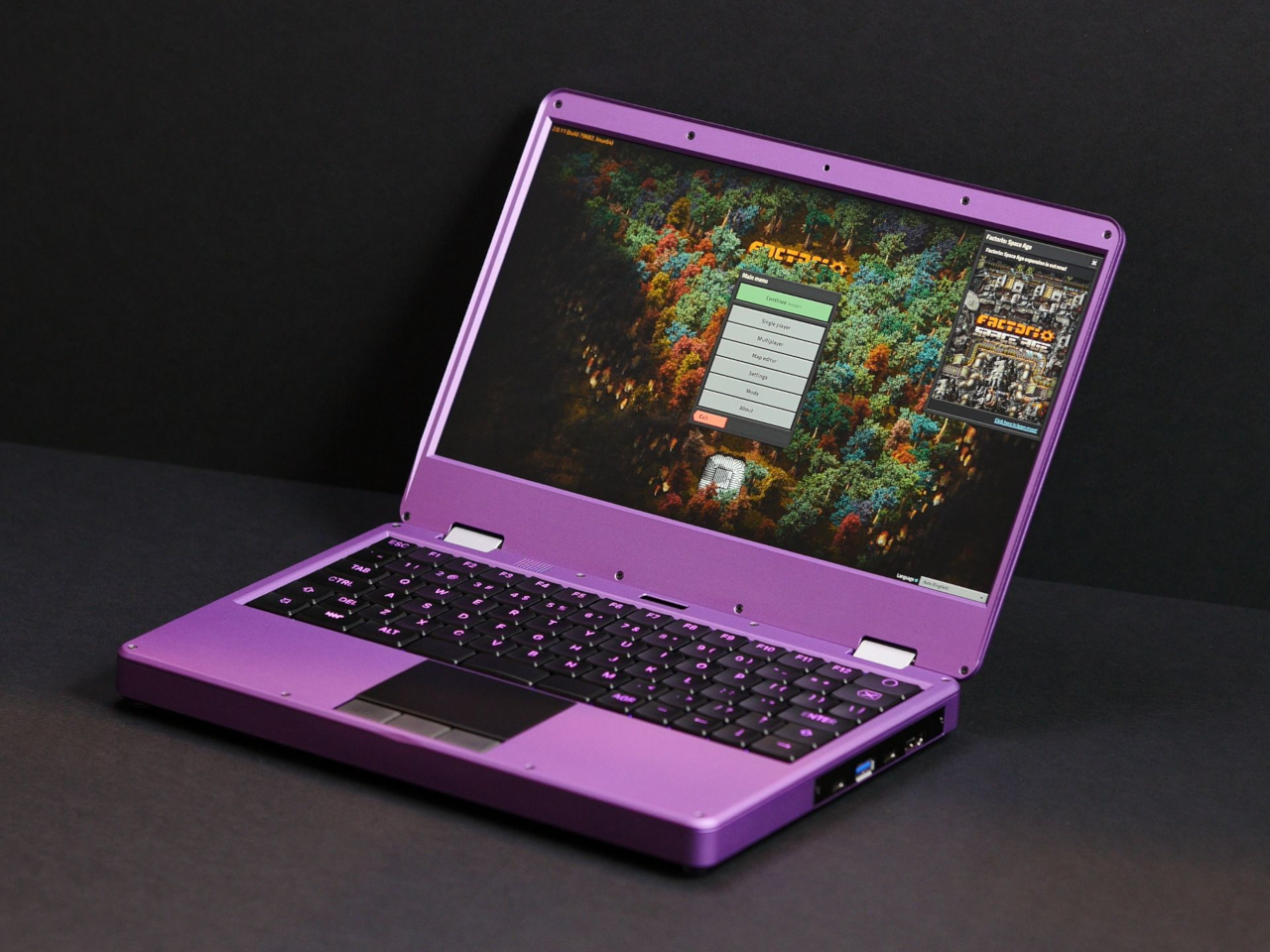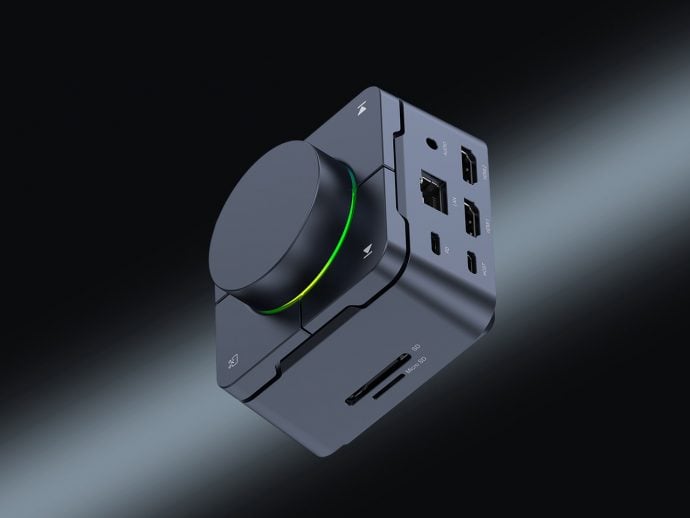Although desktop computers haven’t gone the way of the dinosaur as some pundits predicted, laptops clearly surpass towers and even small boxes in terms of presence and numbers. The flexibility offered by these mobile computers can match the needs of most users, sometimes including gamers and content creators as well. The one area where laptops still can’t match desktops, aside from raw power, is the ability to swap out parts as needed, but that may only be a matter of time.
As laptops become the most common computers, the need for more modular designs also becomes even greater. From repairability to upgradability, laptops will need to adapt to the fast-paced changes in trends and demands, even if that might not make business sense immediately. This open source modular laptop could very well provide the blueprint for future designs that will deliver what users want, including a mechanical keyboard.
Designers: Lukas Hartmann (Electronics, Software), Ana Dantas (Industrial Designer), MNT Reform
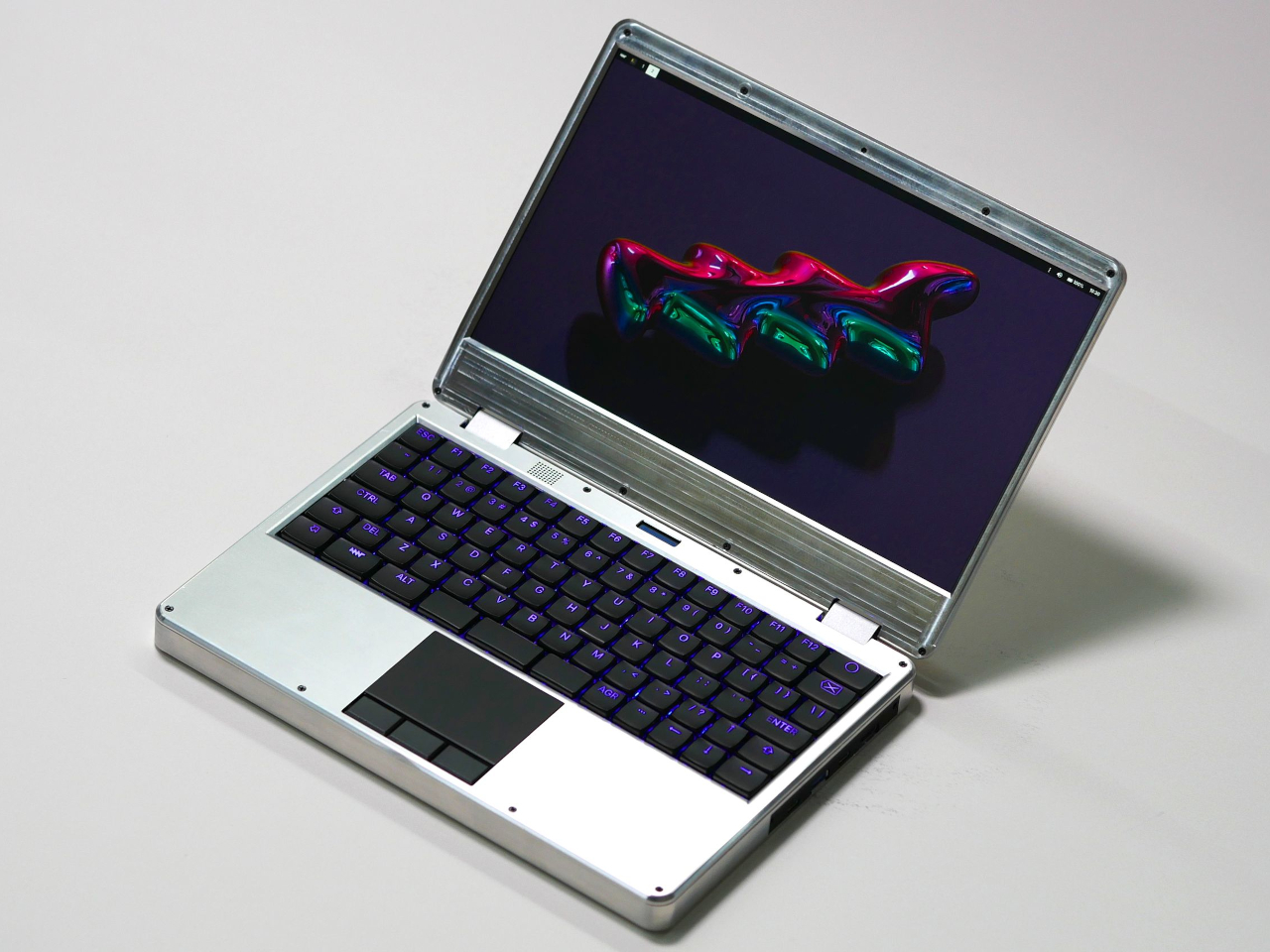
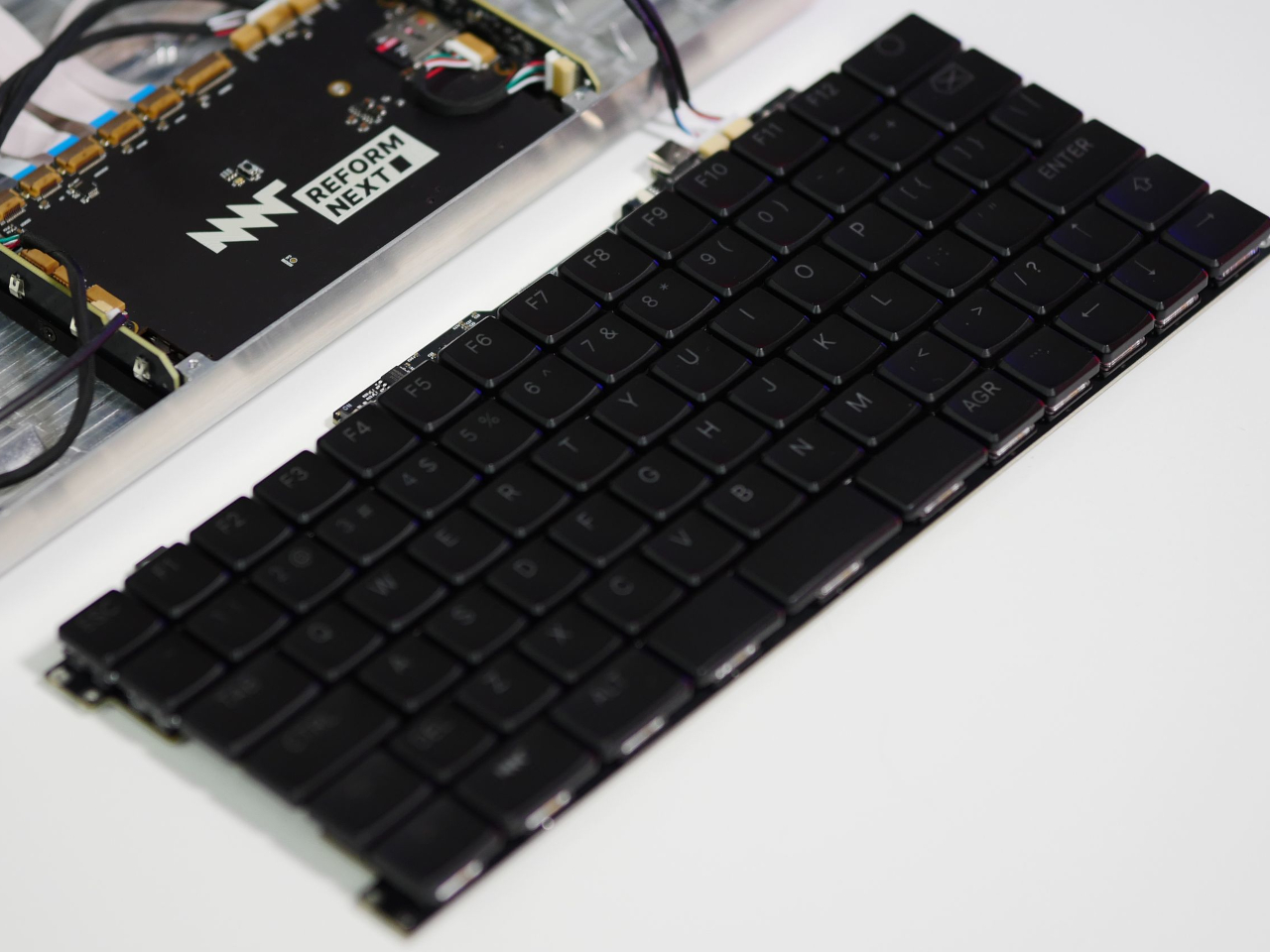
If you consider that some laptops today have upgradable memory and storage, the designs have really come a long way from the original black boxes that these mobile computers were in the past. Compared to desktops, however, you’re still restricted to whatever the manufacturer chose for the other components. Never mind being unable to upgrade those parts, repairing anything that’s broken can become a financial and logistics nightmare, even when it’s just one of the USB ports.
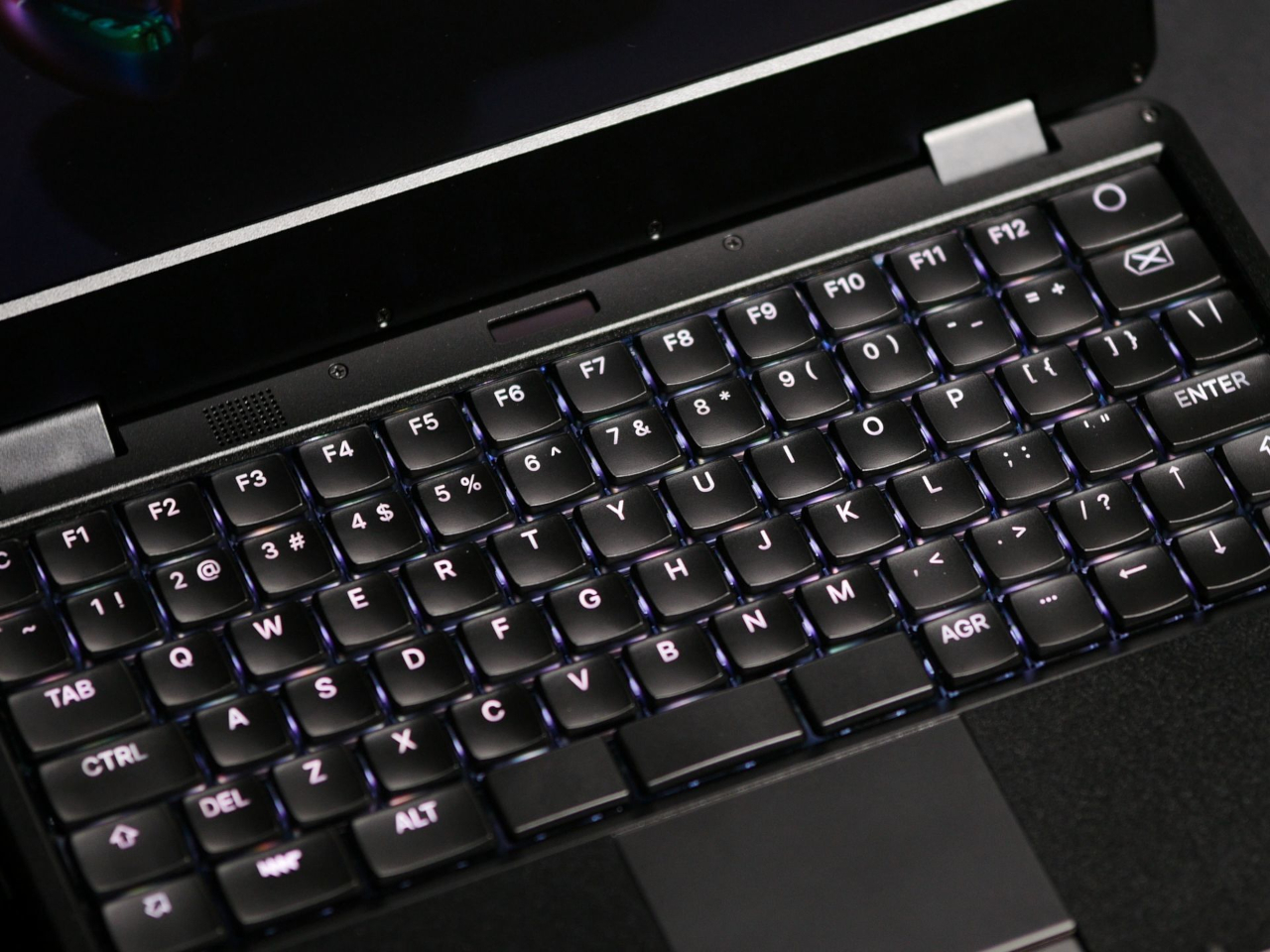
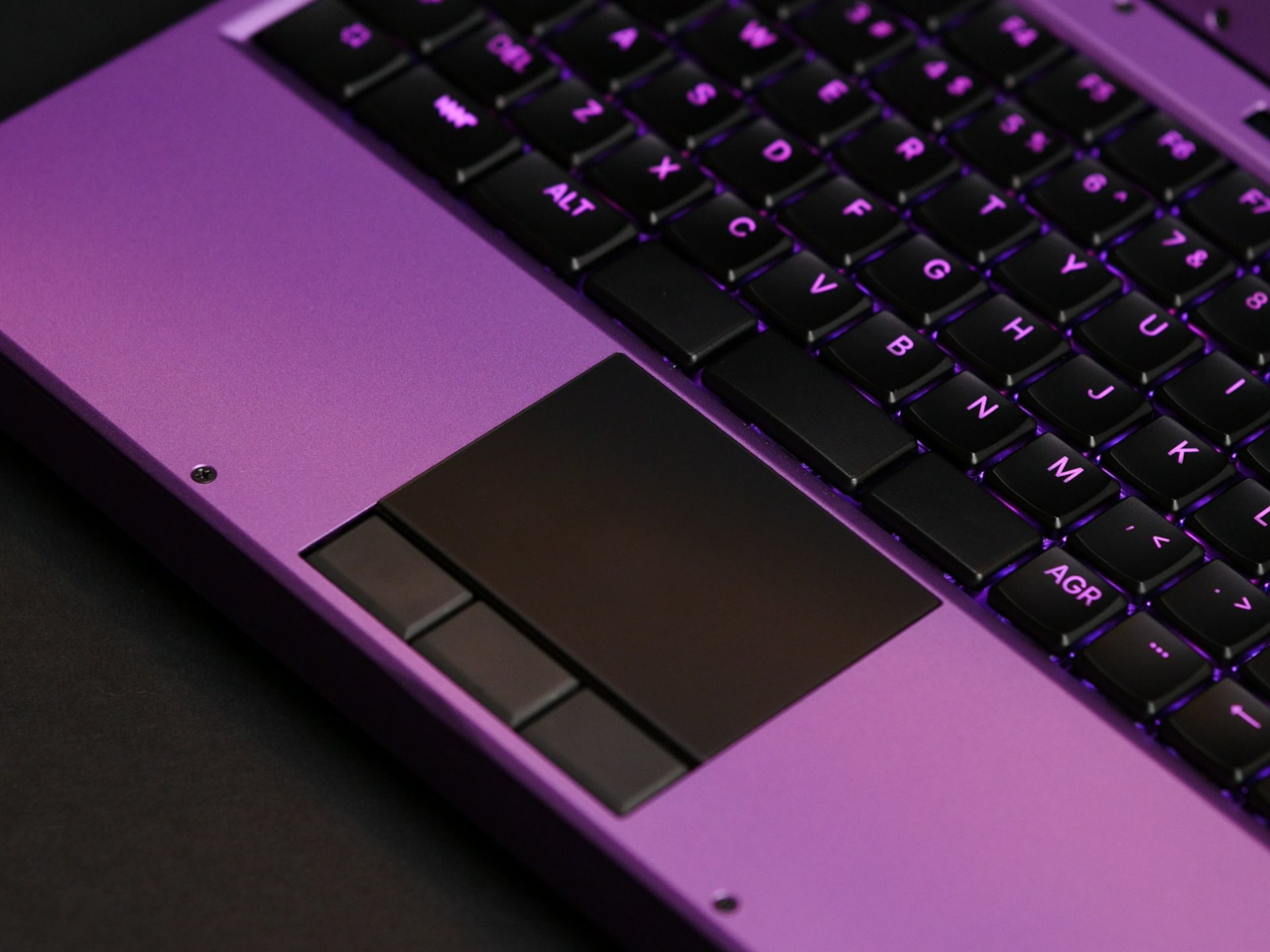
The MNT Reform Next modular laptop tries to bring a bit of the openness of the desktop computer ecosystem to laptops, promising not just sustainability but also personalization to some extent. Almost every part of the laptop can be easily replaced, at least compared to a regular laptop, and you can choose the design or arrangement of the parts as you see fit. The parts on either side of the laptop, for example, can be swapped if their default positions don’t make sense to you.
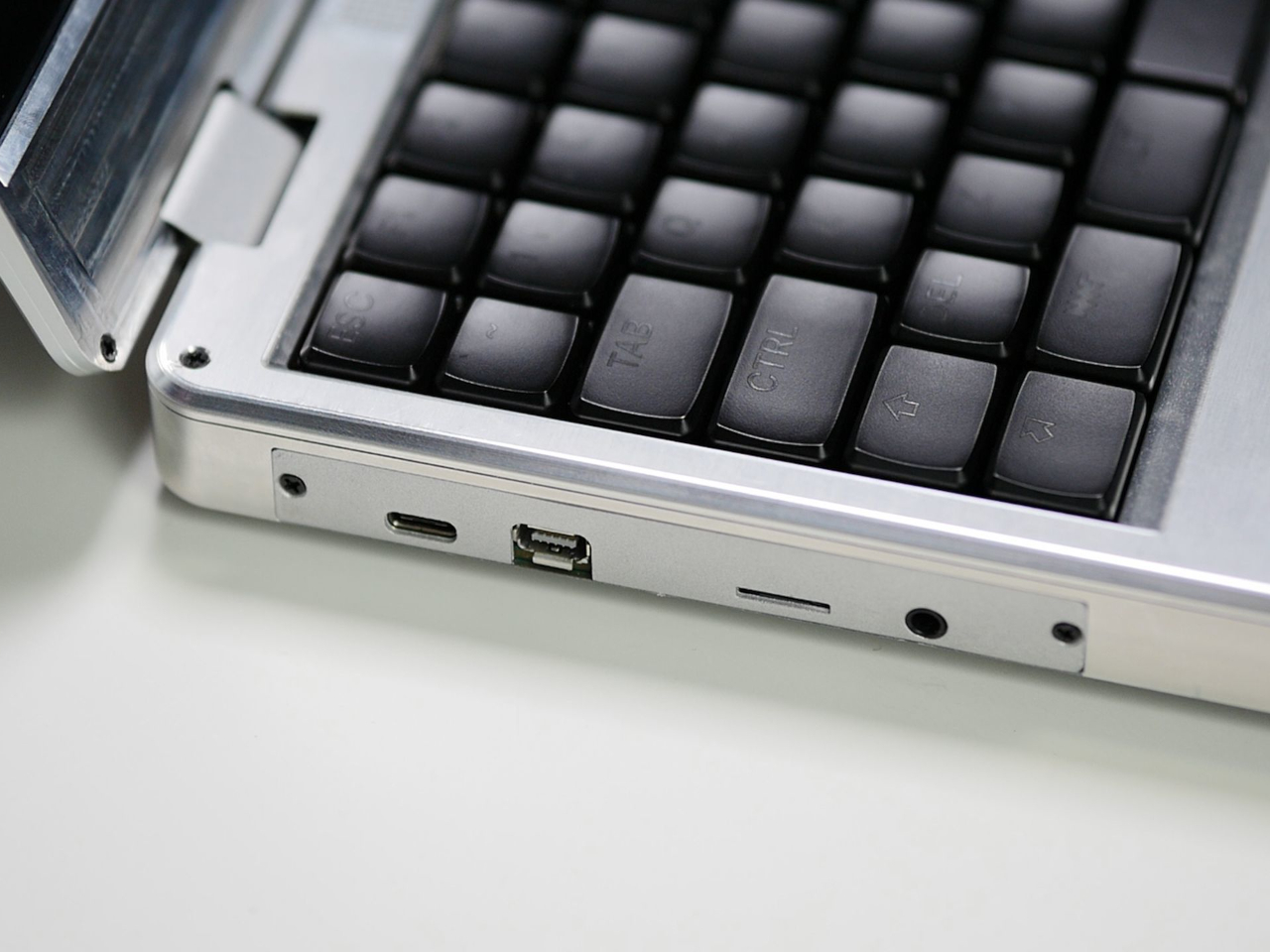

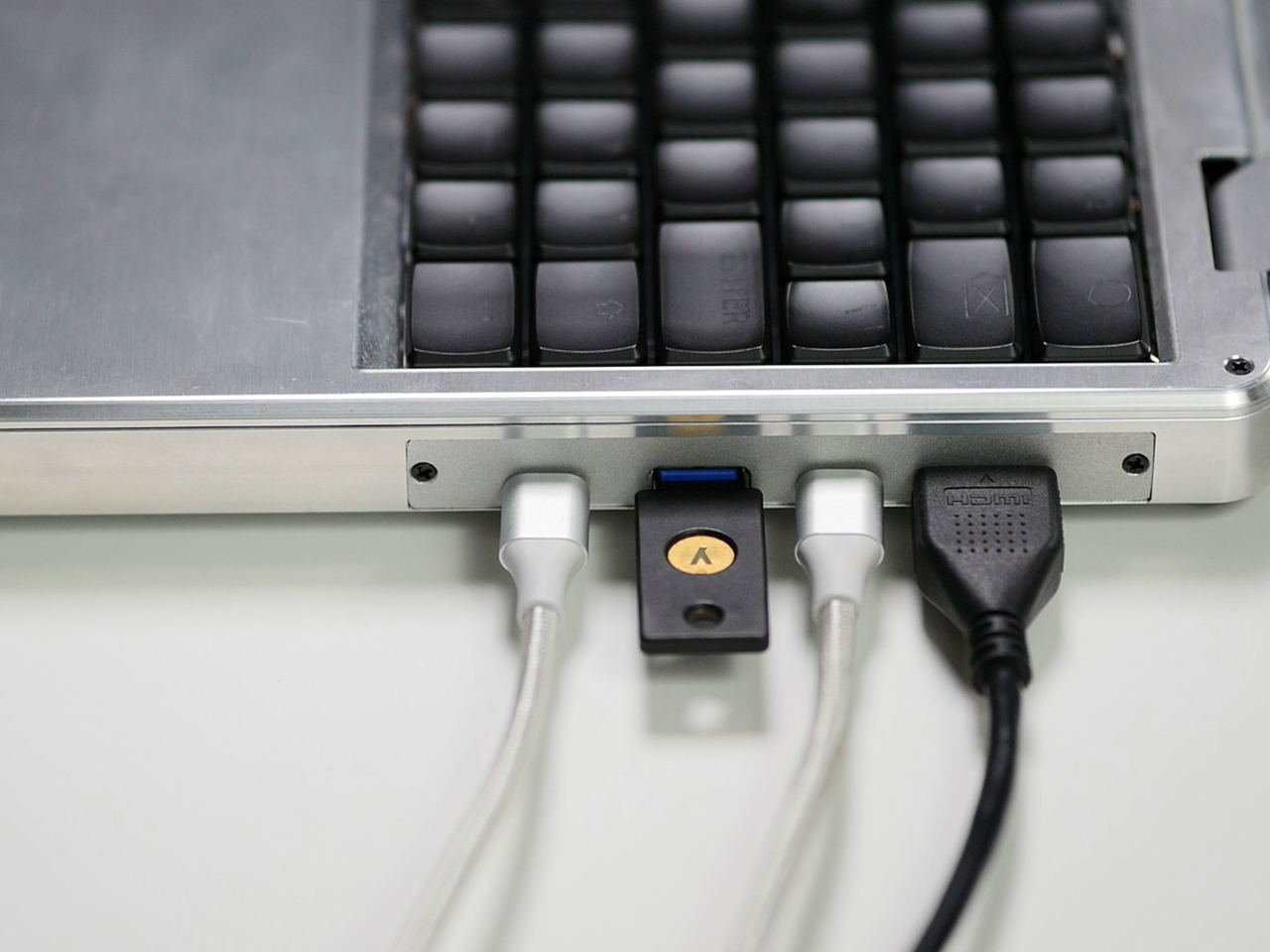
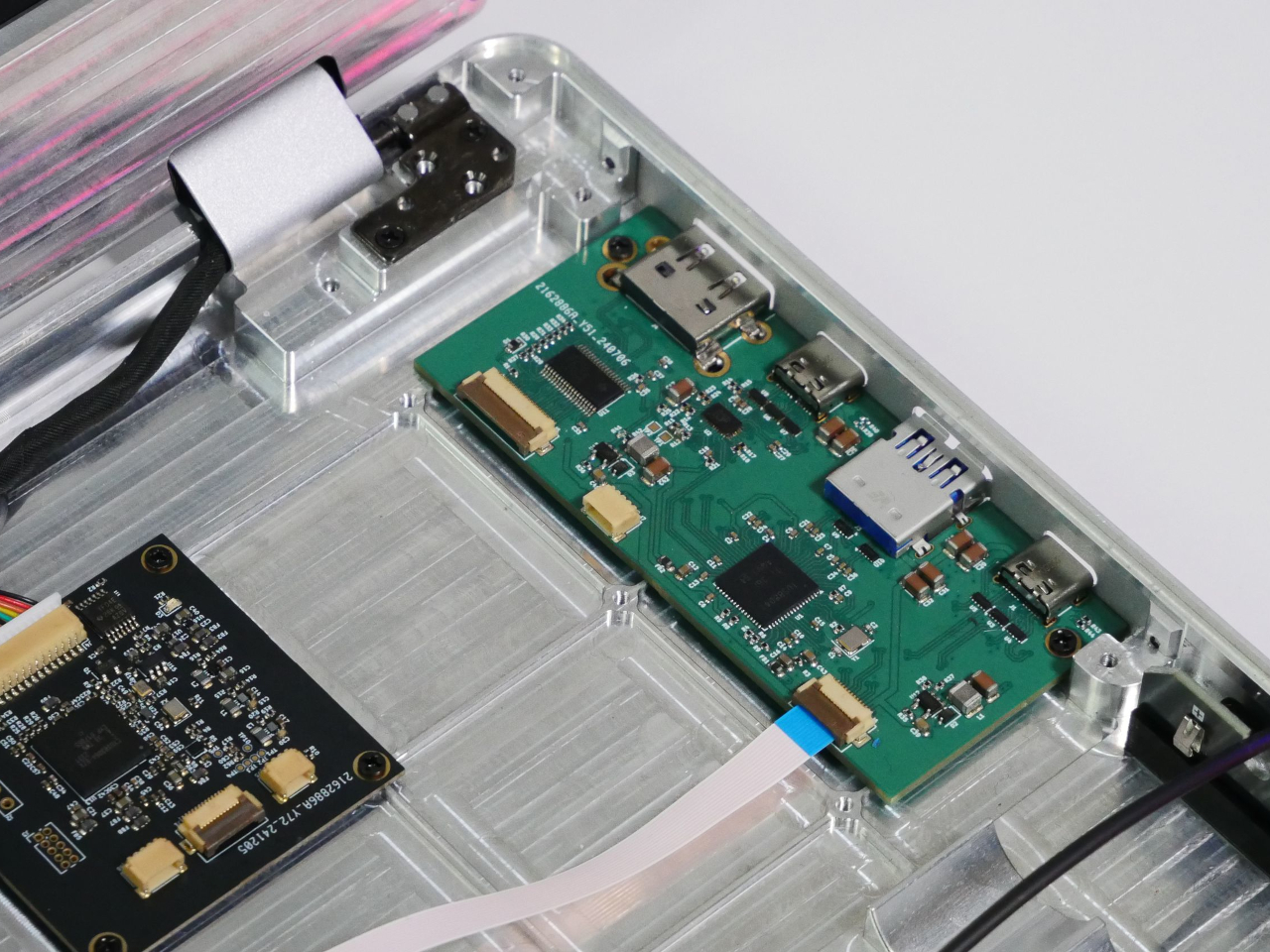
The default specs of the laptop come with a few interesting choices, including a mechanical keyboard that’s rarely seen on laptops. The two battery packs that power the system also use four LiFePO batteries each for a total of 16,000mAh, allowing you to swap out individual cells as needed. By default, the bead-blasted anodized aluminum shell comes in Black, Purple, or Raw Silver color options, but the open hardware design allows you to make your own as long as they conform to the grid-like internal design freely provided.

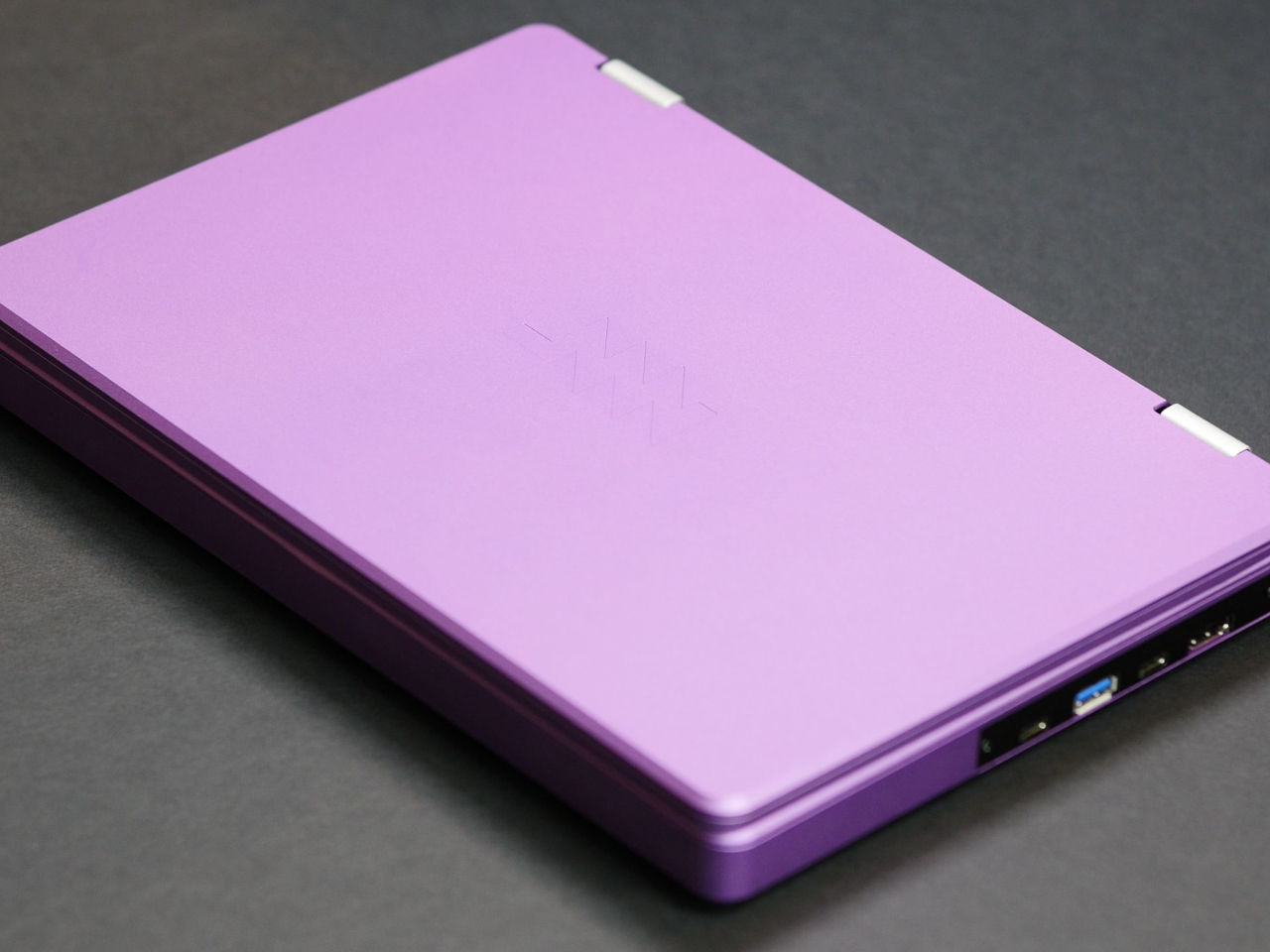
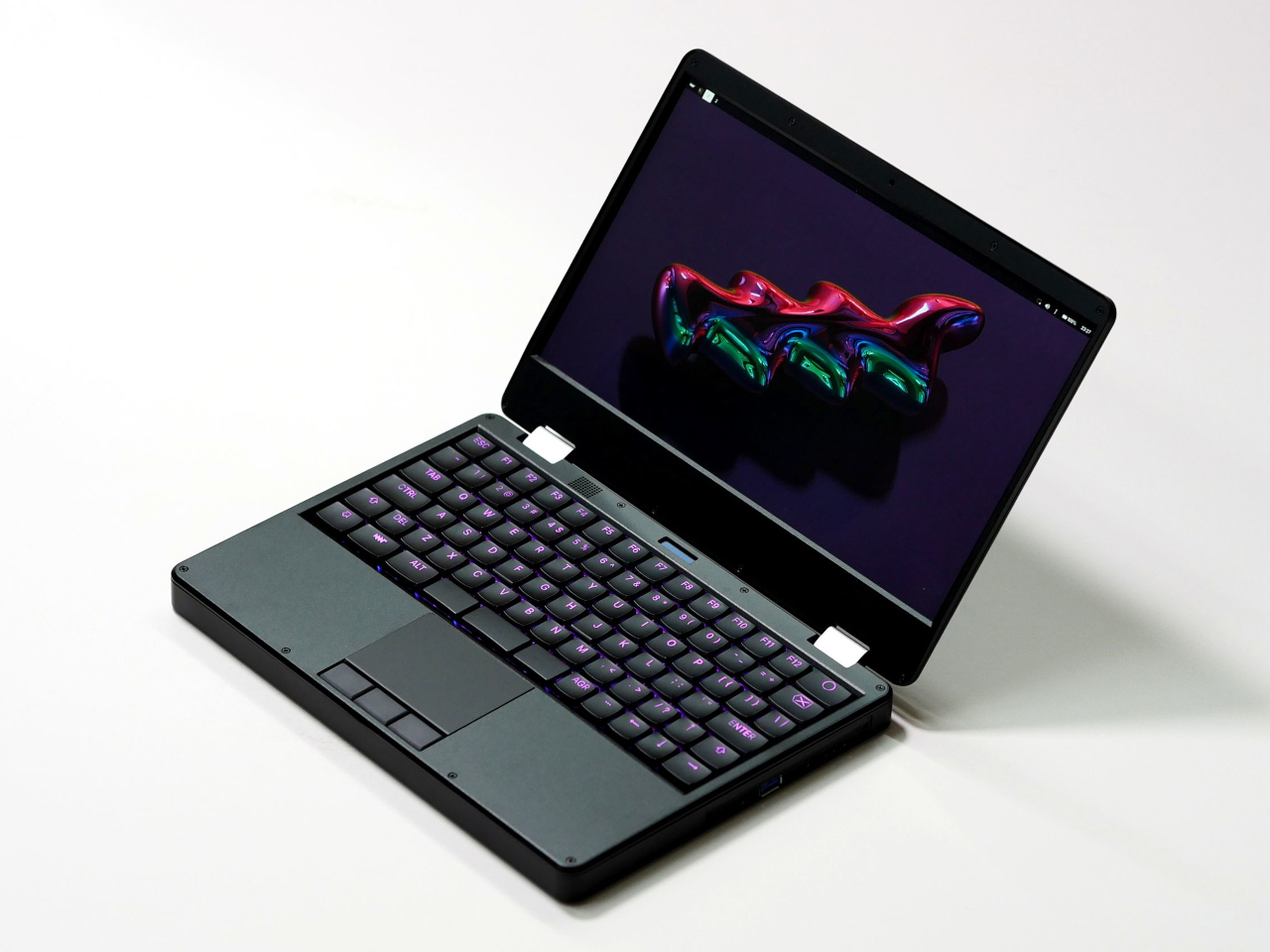
Unfortunately, there are a few big caveats that would prevent this promising modular laptop from becoming mainstream. The biggest gotcha would be the Arm-based Rockchip 3588 processor, which is significantly weaker than your typical Intel or AMD CPUs in regular laptops. That also means compatibility with Windows is a bit of a hit-or-miss, which is why the system comes with Linux out of the box. The laptop is also chunkier and heftier than most laptops due to its modular design, but that could be a price some people will be willing to pay for this kind of design.
